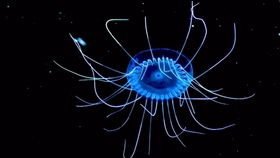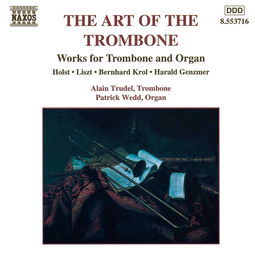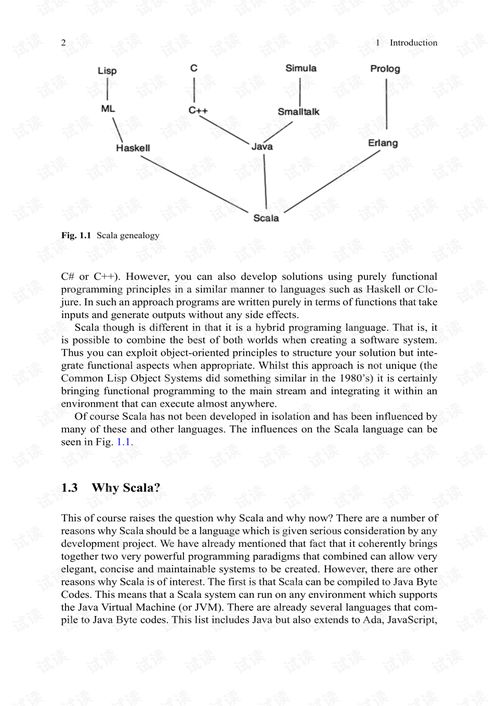Content:
Fishing is an ancient and cherished pastime that brings people together and connects us with nature. Whether you are a seasoned angler or a beginner, mastering the art of line fishing can enhance your fishing experience. In this article, we will provide you with a step-by-step guide to using line fishing techniques, complete with illustrations to help you visualize the process. So, let's dive in and learn how to use line fishing effectively!
Choosing the Right Equipment
Before you start fishing, it's essential to choose the right equipment. Here's a list of essential gear for line fishing:
- Fishing rod: Choose a rod that suits your preferred fishing style and the type of fish you want to catch.
- Fishing reel: A spinning reel is a popular choice for line fishing, but you can also use a baitcasting reel.
- Line: Monofilament, fluorocarbon, or braided line can be used for line fishing. The choice depends on the fish species and the fishing environment.
- Hooks: Select hooks that match the size and type of bait you plan to use.
- Lures and baits: Depending on the fish species, you may use artificial lures, live bait, or artificial baits.
Attaching the Line to the Reel
To start fishing, you need to attach the line to the reel. Here's how to do it:
Open the bail arm on the reel.
Take the end of the line and pass it through the line guide on the rod.
Loop the line around the spool and through the Arbor knot.
Pass the line through the rod's eye and back through the Arbor knot.
Tighten the Arbor knot and trim the excess line.
Attaching the Leader and Terminal Tackle
A leader is a length of line that connects the main line to the hook. It's essential for protecting the main line from abrasion and providing a better presentation to the fish. Here's how to attach the leader and terminal tackle:
Cut a length of line that is longer than the depth you plan to fish.
Tie a loop knot at one end of the leader.
Pass the main line through the loop knot and tie a surgeon's knot to secure it.
Trim the excess line and leave a tag end.
Attach the hook, lure, or bait to the tag end using a clinch knot or improved clinch knot.
Casting the Line
Casting is the process of throwing the line and lure into the water. Here's a basic casting technique:
Hold the rod with a comfortable grip and position the lure in front of you.
Swing the rod back, keeping the line tight, and then forward with a smooth motion.
Release the line as the lure reaches the desired distance.
Practice your casting technique to improve accuracy and distance.
Presenting the Bait or Lure
Once the lure or bait is in the water, it's time to present it to the fish. Here are some tips for effective presentation:
Let the lure or bait sink to the desired depth.
Move the lure or bait in a natural, erratic motion to mimic prey.
Adjust the speed and direction of the lure or bait based on the fish species and fishing conditions.
Be patient and wait for the fish to strike.
Fighting the Fish
When a fish strikes, it's time to fight it. Here's how to handle a hooked fish:
Set the hook by pulling back gently on the rod.
Keep the rod tip high to maintain tension on the line.
Use a steady, controlled pull to tire the fish.
Once the fish is close to the boat, net it carefully to avoid injury.
Landing the Fish
Once the fish is in the net, it's time to land it. Here's how to do it:
- Hold the fish gently and securely with one hand.
- Use the other hand to support the fish's weight.
- Take the fish to the boat or shore and release it if it's not legal to keep.
- If you plan to keep the fish, measure it and take a photo for your records.
In conclusion, mastering the art of line fishing requires practice, patience, and a bit of know-how. By following this step-by-step guide and using the provided illustrations, you'll be well on your way to becoming a proficient angler. Happy fishing!












